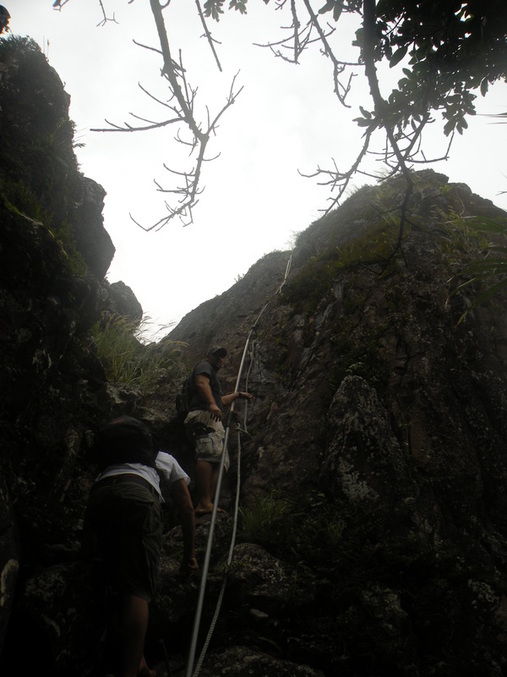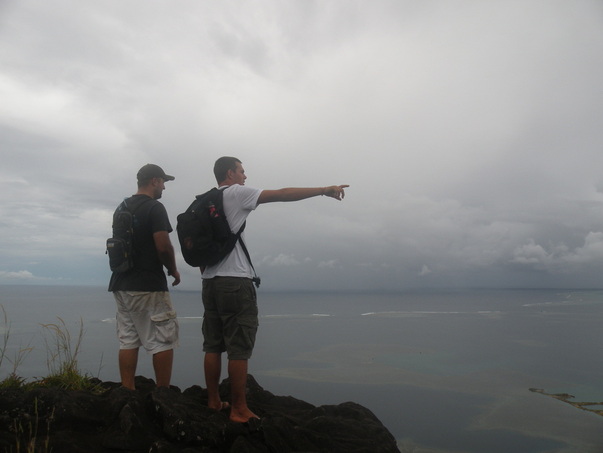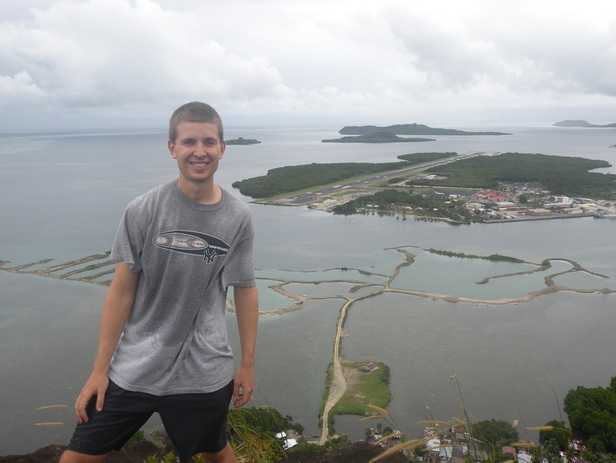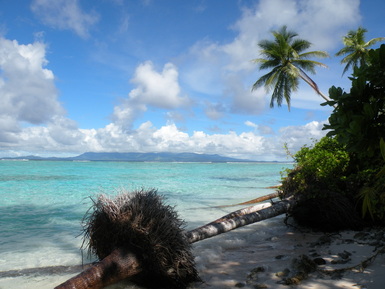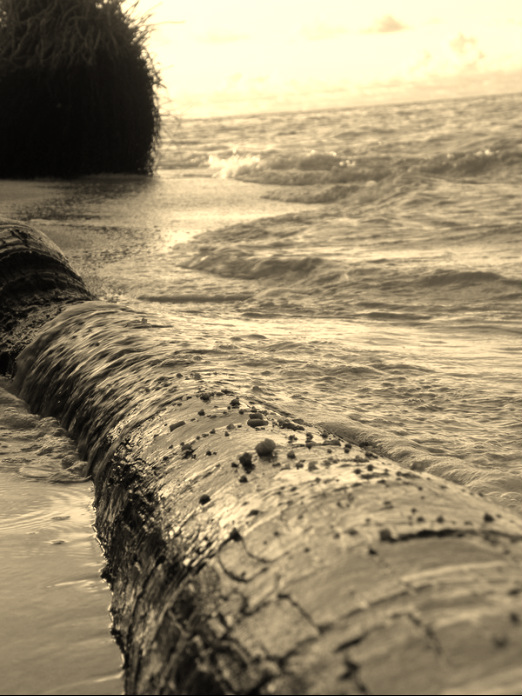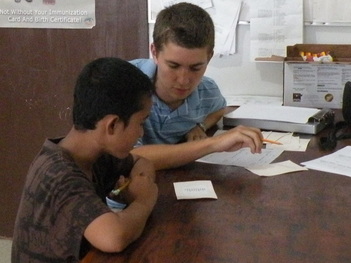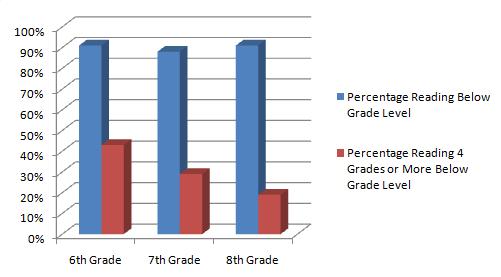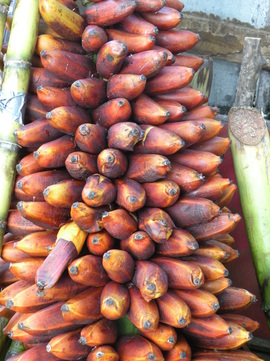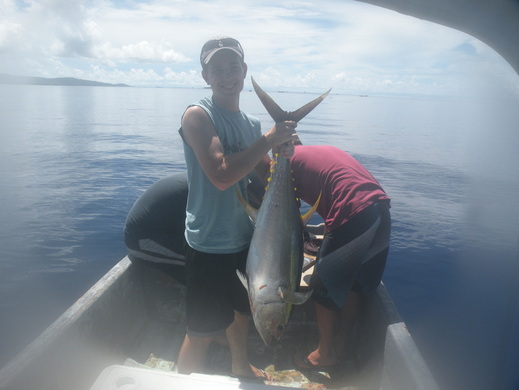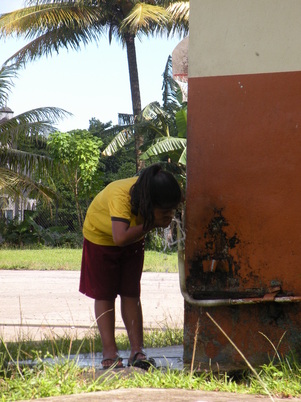
A Pohnpeian Water Fountain
After much contemplation, research and analysis we finally have a plan that I am confident will make a major difference in helping the schools we have adopted. I have already posted the results from our time in these schools in case you were curious of their current status.
Our plan consists of the following three-prong approach, with the initial goal and how we intend to accomplish each goal:
Create a collaborative community and school partnership
The last part of our approach, teaching English and introducing new strategies to the teachers, took a lot of deep thought. In case I haven’t made it clear, English is the second language to every child in these schools as they are first introduced to their native tongue of Pohnpeian. The vast majority of their teachers have graduated from the College of Micronesia with an AA degree, where all classes are taught in English. Despite obtaining their degree, many of the teachers are not comfortable with their English skills. I witnessed several teachers teaching English lessons incorrectly. Simply put, many teachers are just not qualified to teach English.
Mr. B was the principal of the local SDA School here for the past 19 years. He oversaw its rapid growth, almost doubling in size and becoming one of the best schools on the island. I asked Mr. B why the SDA school was so much more successful than the public schools. While there are many possible answers to that question, his immediate response was because they were being taught by native English speakers. The majority of the SDA teaching staff is composed of SMs (Student Missionaries), most of whom are taking a gap year in college to teach here in Pohnpei. Ideally, we want to bring volunteers to all the public schools, whether from Peace Corp, World Teach, or through MAHI like myself. While there are many of these teachers throughout the island doing great work, there simply are not enough.
Our solution: tablets. We are in the process of obtaining tablet computers installed with English learning software. Most of these students have never worked with a computer before. There are countless studies which demonstrate the positive effect technology can have in the classroom, particularly with tablet computers and especially in developing countries. If this technology is used appropriately, it is virtually guaranteed that students will make tremendous gains.
Besides the new medium the tablets offer, I also believe we will be successful by who we are bringing into the classroom. Mr. B is an extremely experienced educator and a respected voice throughout Pohnpei. Over the course of all our evaluations and assessments all he could talk about was teaching; he clearly wants to just get back in the classroom and teach. Indeed, the first time I met him, only a day after stepping off the plane, he informed me that we were going to go teach the next day. Fortunately there was a scheduling conflict so my jet-lagged self could get some sleep! I’m really excited to see Mr. B back in his element, doing what he does best.
Whenever Mr. B needs a break, I’m sure I will get the opportunity to teach as well. I have no illusions of being even in the same ballpark as Mr. B when it comes to teaching, but I’m looking forward to giving it my best shot. The reason I’m most interested to try is this – I’m a menwie (i.e. a foreigner, a white guy). Every time I visited the schools I was always looked at like I was an alien creature. Normally if you are caught staring at someone in the States you look away immediately, hoping that your staring subject didn’t see you. Here, they just continue to gaze. I just smile and say “Lelie!” (lay-lee-ah), i.e. Hello! I have no idea what to expect when I first try teaching, but I already have their attention, so I’m off to a good start! I’m sure with Mr. B’s tutelage I’ll be at least a somewhat competent teacher.
So there ya have it – there’s our brilliant game plan for reform. Any thoughts? Suggestions? E-mail me! I would love to hear any feedback. You will surely hear more about how this plan is going, and how ultimately, true change cannot be imposed on the Pohnpeians - it has to come from within. I hope our program won't be an unwanted demand from an outsider, but rather a nudge in the right direction. Much more on this in future posts.
Also want to wish a Happy Thanksgiving to everyone! It might not be Thanksgiving yet for you, but I’m 16 hours ahead of Eastern Standard Time! Surprisingly, Pohnpei doesn’t celebrate Thanksgiving despite celebrating virtually every other holiday known to man. Don’t worry, they celebrate Harvest Day on Friday (refer to my last post to see the ridiculousness in that!).
For our latest adventure, Dale, John and I climbed to the top of Sokehs Rock (that big rock you see in the banner picture at the top of the screen). Despite some relatively sketchy parts, where a false step will lead to your ultimate demise, we made it out alive. I'm looking forward towards camping at the top eventually - the sunset and sunrise should be truly epic.
Our plan consists of the following three-prong approach, with the initial goal and how we intend to accomplish each goal:
Create a collaborative community and school partnership
- Hold a community night at each school, inviting students, parents, teachers, administrators, and traditional leaders of the community. The focus will be on the importance of education for the future of each child, the community, Pohnpei, and the world.
- Work with each school’s PTA, introducing new strategies for parents to support and encourage their children’s education.
- Encourage and support school principals by having one-on-one appointments with the principal and Mr. Miller Benjamin, MAHI International’s Senior Educator. These meetings will occur on a five-week rotating schedule, with Mr. Benjamin meeting with one principal a week.
- Hold a second principal workshop in January with the five principals of the schools we have adopted.
- Use tablet computers installed with English learning software to improve each student’s reading level. We will be visiting one school a day (a school for each day of the week) and teaching in grades 6, 7 and 8 for one period. This will consist of a 20-minute lesson from the MAHI International Education team, followed by 30 minutes of the students working on the tablets, completing work related to the lesson for the day. The teachers will also complete this lesson so they can become familiar with the teaching strategies presented in the tablets software.
- Hold a two-hour workshop once a week with all the teachers at the school. This will occur on a five-week rotating schedule. Each workshop will focus on a specific topic that is integral to successful teaching (ex. lesson planning, classroom management, etc.)
The last part of our approach, teaching English and introducing new strategies to the teachers, took a lot of deep thought. In case I haven’t made it clear, English is the second language to every child in these schools as they are first introduced to their native tongue of Pohnpeian. The vast majority of their teachers have graduated from the College of Micronesia with an AA degree, where all classes are taught in English. Despite obtaining their degree, many of the teachers are not comfortable with their English skills. I witnessed several teachers teaching English lessons incorrectly. Simply put, many teachers are just not qualified to teach English.
Mr. B was the principal of the local SDA School here for the past 19 years. He oversaw its rapid growth, almost doubling in size and becoming one of the best schools on the island. I asked Mr. B why the SDA school was so much more successful than the public schools. While there are many possible answers to that question, his immediate response was because they were being taught by native English speakers. The majority of the SDA teaching staff is composed of SMs (Student Missionaries), most of whom are taking a gap year in college to teach here in Pohnpei. Ideally, we want to bring volunteers to all the public schools, whether from Peace Corp, World Teach, or through MAHI like myself. While there are many of these teachers throughout the island doing great work, there simply are not enough.
Our solution: tablets. We are in the process of obtaining tablet computers installed with English learning software. Most of these students have never worked with a computer before. There are countless studies which demonstrate the positive effect technology can have in the classroom, particularly with tablet computers and especially in developing countries. If this technology is used appropriately, it is virtually guaranteed that students will make tremendous gains.
Besides the new medium the tablets offer, I also believe we will be successful by who we are bringing into the classroom. Mr. B is an extremely experienced educator and a respected voice throughout Pohnpei. Over the course of all our evaluations and assessments all he could talk about was teaching; he clearly wants to just get back in the classroom and teach. Indeed, the first time I met him, only a day after stepping off the plane, he informed me that we were going to go teach the next day. Fortunately there was a scheduling conflict so my jet-lagged self could get some sleep! I’m really excited to see Mr. B back in his element, doing what he does best.
Whenever Mr. B needs a break, I’m sure I will get the opportunity to teach as well. I have no illusions of being even in the same ballpark as Mr. B when it comes to teaching, but I’m looking forward to giving it my best shot. The reason I’m most interested to try is this – I’m a menwie (i.e. a foreigner, a white guy). Every time I visited the schools I was always looked at like I was an alien creature. Normally if you are caught staring at someone in the States you look away immediately, hoping that your staring subject didn’t see you. Here, they just continue to gaze. I just smile and say “Lelie!” (lay-lee-ah), i.e. Hello! I have no idea what to expect when I first try teaching, but I already have their attention, so I’m off to a good start! I’m sure with Mr. B’s tutelage I’ll be at least a somewhat competent teacher.
So there ya have it – there’s our brilliant game plan for reform. Any thoughts? Suggestions? E-mail me! I would love to hear any feedback. You will surely hear more about how this plan is going, and how ultimately, true change cannot be imposed on the Pohnpeians - it has to come from within. I hope our program won't be an unwanted demand from an outsider, but rather a nudge in the right direction. Much more on this in future posts.
Also want to wish a Happy Thanksgiving to everyone! It might not be Thanksgiving yet for you, but I’m 16 hours ahead of Eastern Standard Time! Surprisingly, Pohnpei doesn’t celebrate Thanksgiving despite celebrating virtually every other holiday known to man. Don’t worry, they celebrate Harvest Day on Friday (refer to my last post to see the ridiculousness in that!).
For our latest adventure, Dale, John and I climbed to the top of Sokehs Rock (that big rock you see in the banner picture at the top of the screen). Despite some relatively sketchy parts, where a false step will lead to your ultimate demise, we made it out alive. I'm looking forward towards camping at the top eventually - the sunset and sunrise should be truly epic.
